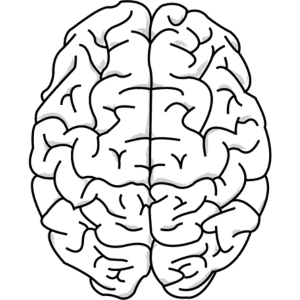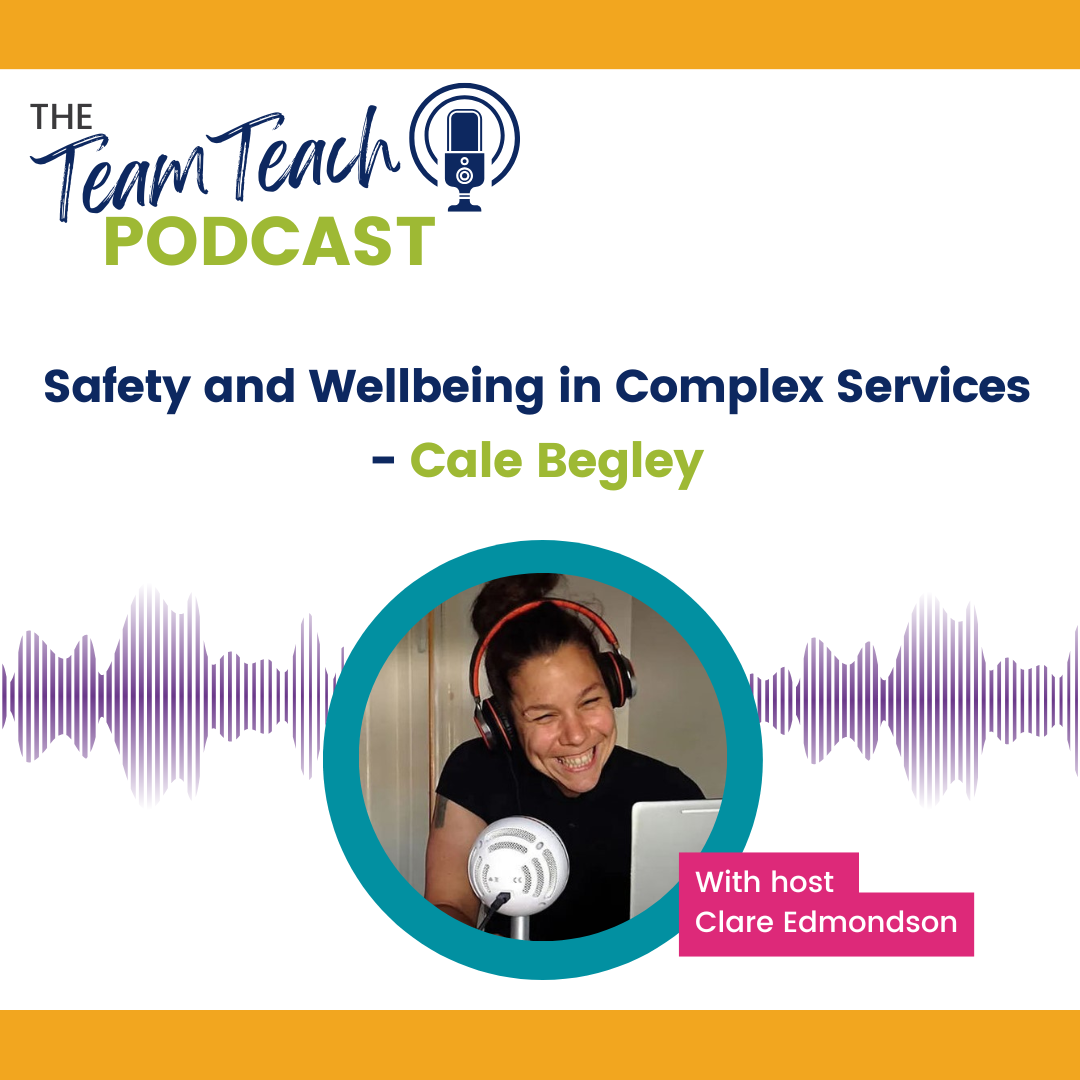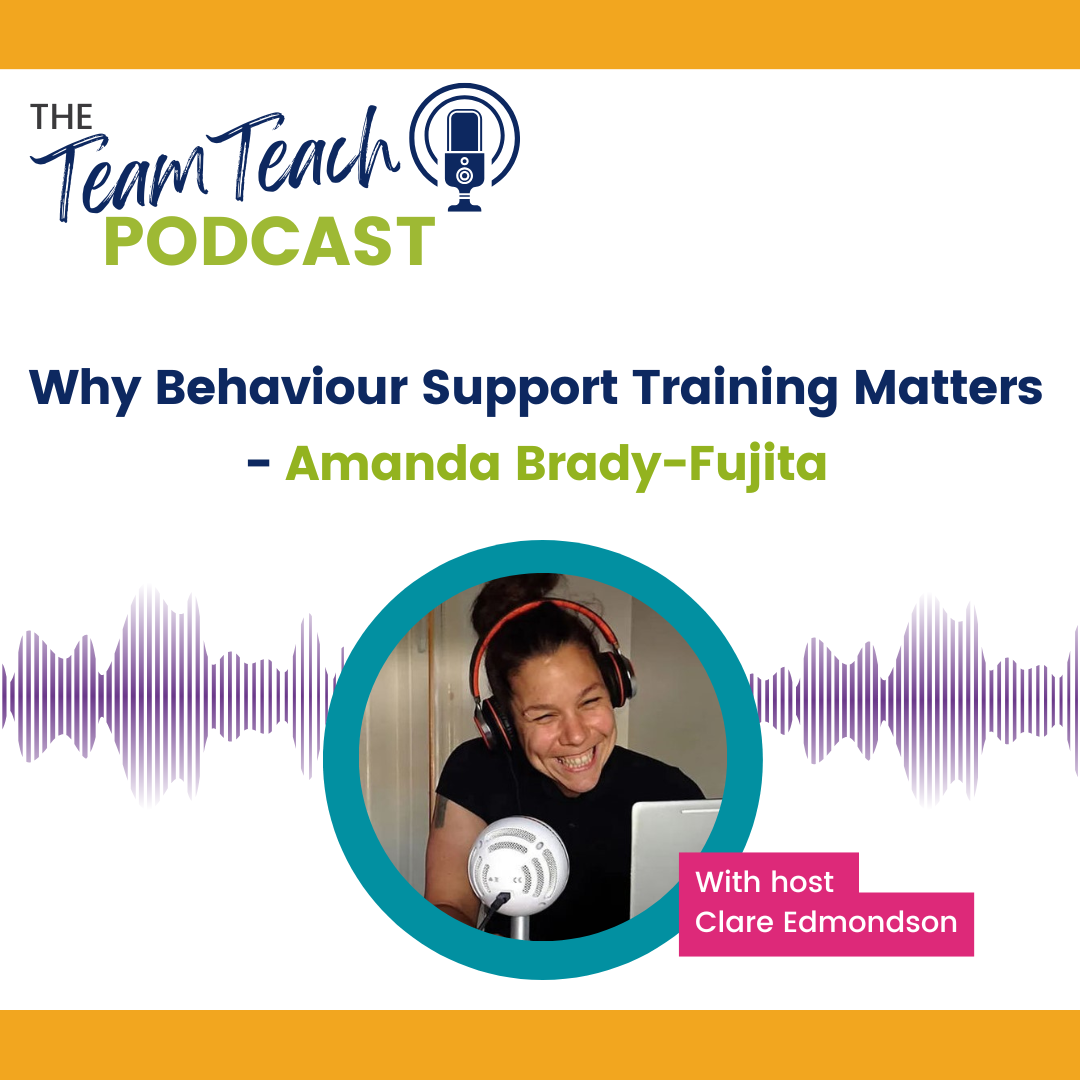The Impact of Social and Emotional Learning and Mindfulness in Schools
Over the past few years, we have all faced the unprecedented challenge of a global pandemic, and the repercussions are still being felt today. Our collective mental health has taken a hit as we try to make sense of a world that has changed beyond recognition, and it is our young people who are bearing the brunt.
In schools worldwide, leaders, teachers and students are continuing to deal with the fallout of this seismic event and, as a result, wellbeing has been catapulted to the top of the agenda – and not before time. Educators are recognising that the key to a great education lies in nurturing both emotional and academic intelligence.
Of course, it is not just the pandemic that is taking its toll: stretched budgets, workplace stress and the pressure to ‘catch up’ are just some of the factors forcing many teachers to reassess their priorities and seek out alternative ways to make a living. This revolving door of recruitment sadly means that we are in danger of losing a wealth of inspiring, dedicated and talented staff from our classrooms, and the ramifications for young people cannot be overstated.
SEL and mindfulness as keys to success
So, how do we stem the flow of superb practitioners, as well as ensuring that students are being given every opportunity to thrive and fulfil their potential in all areas? With wellbeing now centre stage, perhaps it is time to consider a broader, more holistic approach to teaching and learning, and prioritise social and emotional learning and mindfulness. The question is: what do these terms mean in practice, and why are such approaches pivotal to both wellbeing and academic outcomes across our school communities?
What is Social and Emotional Learning?
According to the EEF, social and emotional learning, or SEL, ‘…seeks to improve pupils’ decision-making skills, their interactions with others and their self-management of emotions, rather than focusing directly on the academic and cognitive elements of learning.’
Most SEL teaching focuses on the development of 5 core competencies: self-awareness, self-management, social awareness, relationship skills, and responsible decision-making. While, at first glance, these may seem to have very little connection with academic performance and achievement, they are in fact the bedrock of creating effective, competent and resilient learners.
The skills and competencies delivered by a high-quality SEL approach equip individuals with the tools they need to succeed, not only academically but also personally. When students are explicitly taught techniques, through well-constructed and planned activities, to recognise their emotions, establish and maintain healthy relationships, and make positive, constructive choices, they become far more effective at handling the day-to-day pressures of life within and beyond the classroom.
Where does mindfulness fit in?
Although they are often grouped together, social and emotional learning (SEL) and mindfulness are two different, though complementary, practices. Indeed, when taught together and fully integrated into classroom life, the impact that they can have on an individual and the people around them is magnified.
Put simply, SEL is an ‘outside-in’ approach where we explicitly teach a skill (for example, recognising emotions using a feelings wheel, or writing a gratitude list), allow time for practice and then move onto the next skill. Mindfulness, on the other hand, is an ‘inside-out’ approach, that focuses predominantly on one of the SEL competencies (self-awareness) and helps individuals to be fully present and aware of their inner thoughts and feelings.
Through supporting students to raise their awareness of and connection between feelings, thoughts and behaviour, using techniques such as deep breathing, a good mindfulness practice enables them to regulate their emotions and quieten their mind. Skills such as these can be especially helpful when faced with a triggering or difficult situation. Because they are paying attention to their feelings, students can practise the ‘pause’: rather than reacting in any given circumstance, they can step back, pause, and choose a more appropriate response.
By integrating both disciplines into daily classroom life, we vastly increase the likelihood of young people developing and embedding skills around self-awareness, self-management, relationship-building and decision-making – all of which have the power to positively impact academic performance.
Benefits for all
Schools are complex ecosystems, where different stakeholders – leaders, teachers and students – coexist and interact on a daily basis. Every single member of a school community, therefore, stands to benefit from an environment that supports SEL and mindfulness. So how do we foster this culture of social and emotional awareness in our schools?
1. Building strong relationships
Understanding, compassion and empathy are key characteristics of any effective learning environment, so to successfully develop a practice where both SEL and mindfulness approaches can flourish, we need to forge strong relationships between students, and between staff and students. Discussing feelings and emotions can leave all of us – staff and students – feeling vulnerable and exposed, so relationships based on mutual trust and respect are essential.
2. Training staff
People with strong social-emotional skills are better able to cope with everyday challenges, and that is true for both students and staff. You can’t pour from an empty cup, after all. As a starting point, it is vital that teachers themselves are trained in SEL and mindfulness, so that they can effectively model great practice and pass these skills and techniques onto their students. When we know how to emotionally regulate ourselves, we are far better equipped to adapt our own behaviour to support the young people in our charge.
3. Articulating the benefits
Every school and every student is different, so we need to fully understand our unique context when integrating SEL and mindfulness into our settings. By clearly articulating the aims, objectives and benefits of focusing on social and emotional awareness, we increase the likelihood of buy-in across all members of a school community.
Embedding SEL competencies and mindfulness into classroom life not only supports individuals to thrive personally, it also enables students to achieve academic goals. When they recognise how they are feeling and have the tools to self-regulate and self-manage, it allows them to take steps to avoid crisis and redirect their attention. Focus, resilience and concentration increase as a result, allowing for better academic outcomes.
An intrinsic part of learning
School leaders and teachers do not have to make a choice between focusing on emotional or academic intelligence; in fact, for students to fulfil their potential academically, they need to be given the tools to self-regulate and manage their relationships effectively. Only then can they confidently deal with the inevitable obstacles and challenges they face on a daily basis.
With that in mind, SEL and mindfulness are not fads or bolt-ons; when taught together in a robust and structured way, they form an intrinsic part of every successful learner’s journey towards both personal and academic achievement.
Team Teach behaviour training is underpinned by the principles of social and emotional approaches. Please let us know if you need any support with behaviour training in your setting.








